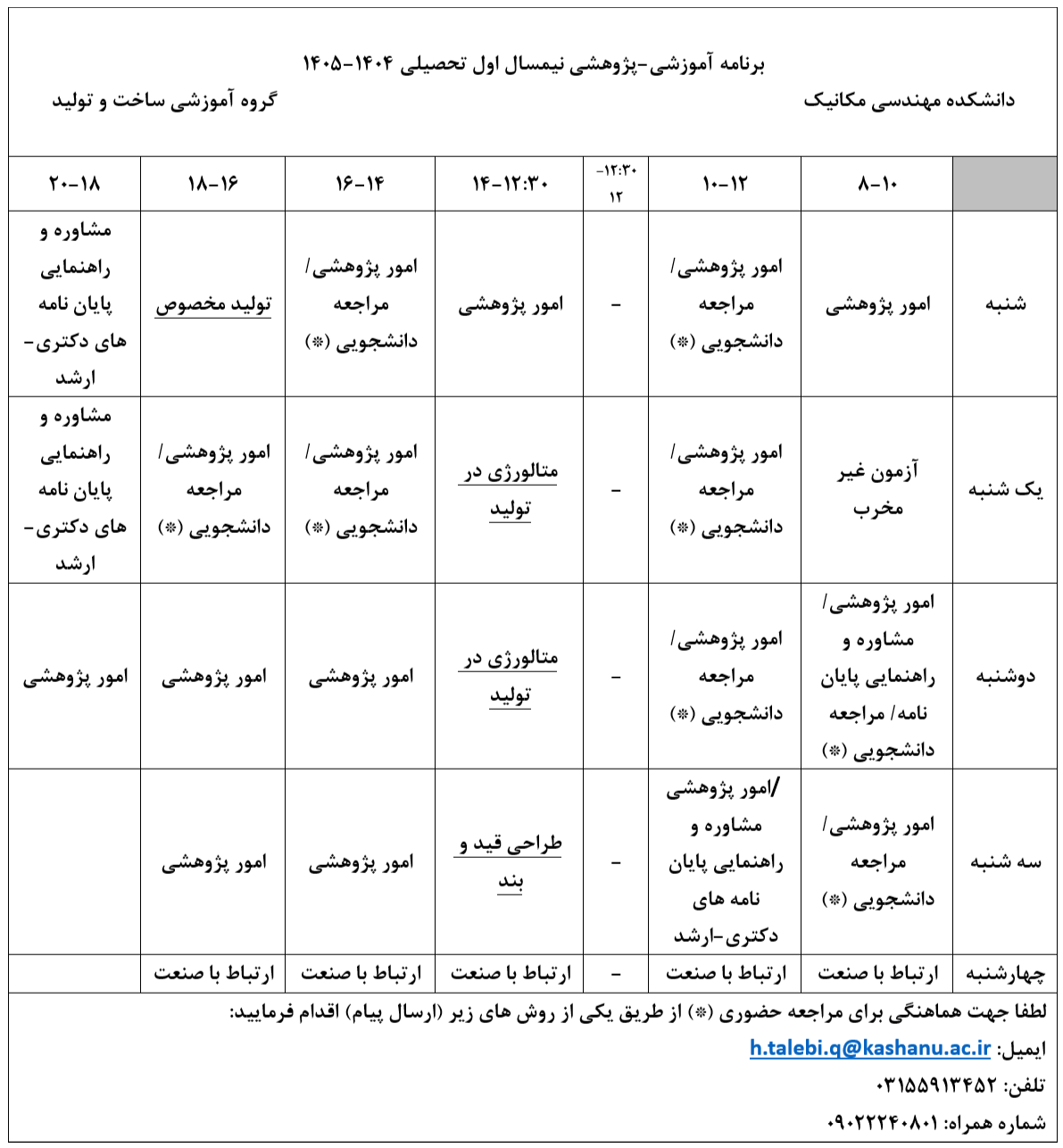| نویسندگان | مجید الیاسی,سمانه شاهگلدی,محمد مهدی کسایی,لوکاس فیلیپه مارتینز داسیلوا |
|---|---|
| همایش | 4THINTERNATIONAL CONFERENCE ON MATERIALS DESIGN AND APPLICATIONS 2022 |
| تاریخ برگزاری همایش | 2022-07-07 - 2022-07-08 |
| محل برگزاری همایش | 59 - پورتو |
| ارائه به نام دانشگاه | دانشگاه پورتو |
| نوع ارائه | سخنرانی |
| سطح همایش | بین المللی |

